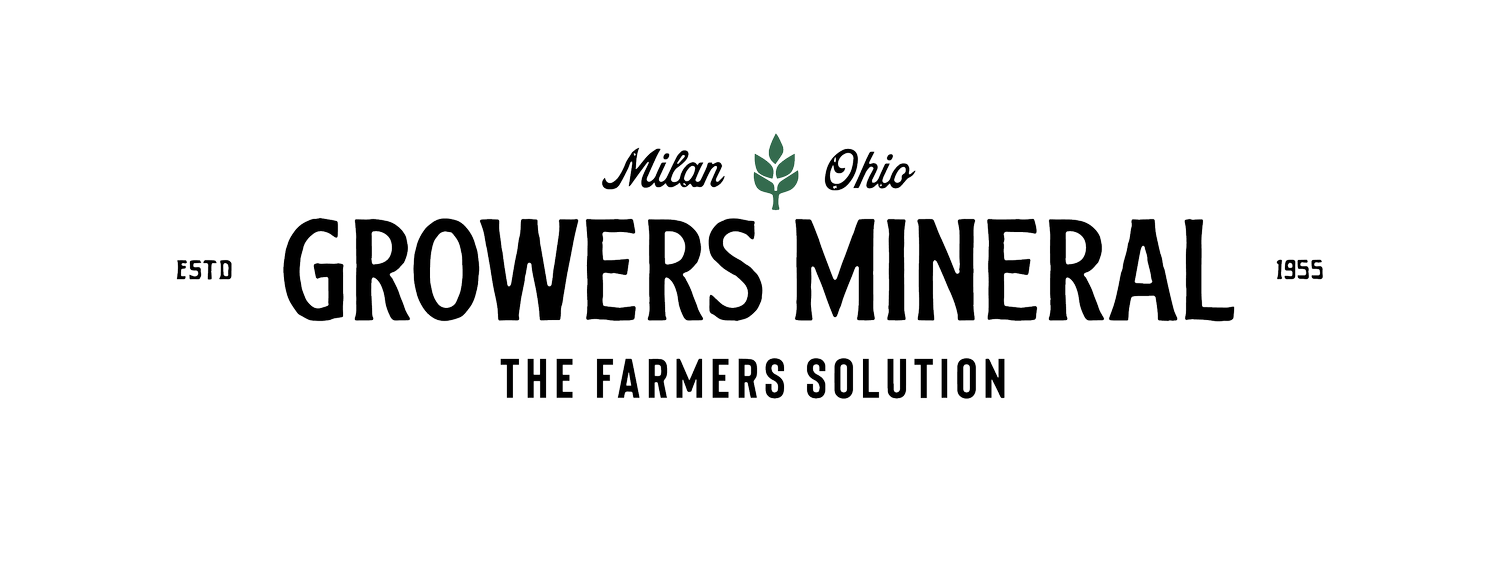New Research & Fertilizer Usage
When Dr. V.A. Tiedjens developed Growers Mineral Solution (GMS), he told farmers that total fertilizer needs could be reduced by using a clean elementally balanced fertilizer that was placed correctly at the proper time. This approach is the early version of what the agricultural establishment today calls the 4 Rs. The right rate aspect of the 4 Rs was addressed by Dr. Tiedjens using specific volumes of elements necessary for plant growth. He believed that plant utilization of elements was more related to element interaction in the plant than to a definite volume of that particular element. Dr. Tiedjens felt that if elements were presented to the plant in proper ratios, the total volume amount of the element needed by the plant could be reduced. This was not widely accepted as the agricultural establishment created the philosophy that a plant needed specific volumes of elements to create specific volumes of plant production. In simple terms, they promoted unit in and unit out arithmetic.
However, basic research conducted today by various institutions (Michigan State University and the Carnegie Institution of Science) and published in Nature Communications suggest that signaling between the chloroplast and the cell's nucleus occurs properly when the volumes of particular elements are in proper balance.
A quote from a Michigan State University researcher echoes Dr. Tiedjens' perspective: "We need to rethink fertilizer management. If we take actions that don't consider how nutrients interact with each other, we potentially create conditions that set plants up to fail." This idea suggests that too much fertility could reduce plant productivity just as easily as too little fertility.
This is an excerpt from the Spring Growers Solution (2023) written by Jim Halbeisen, Director of Research.
Signup for our newsletter to stay in the loop
